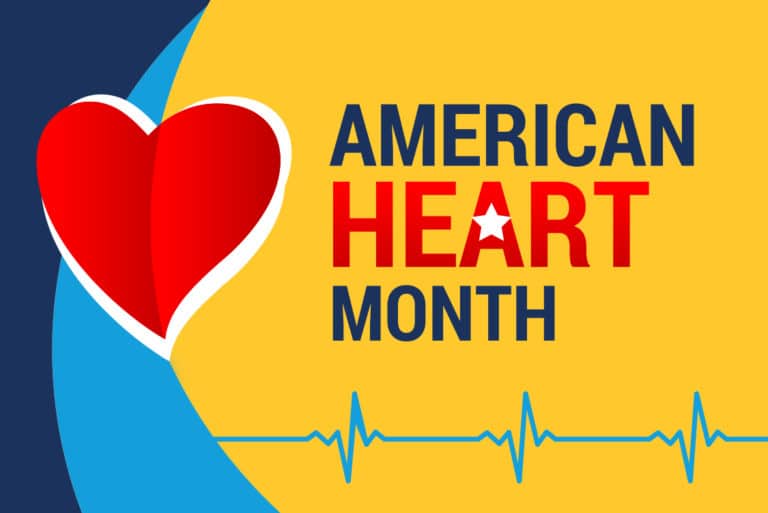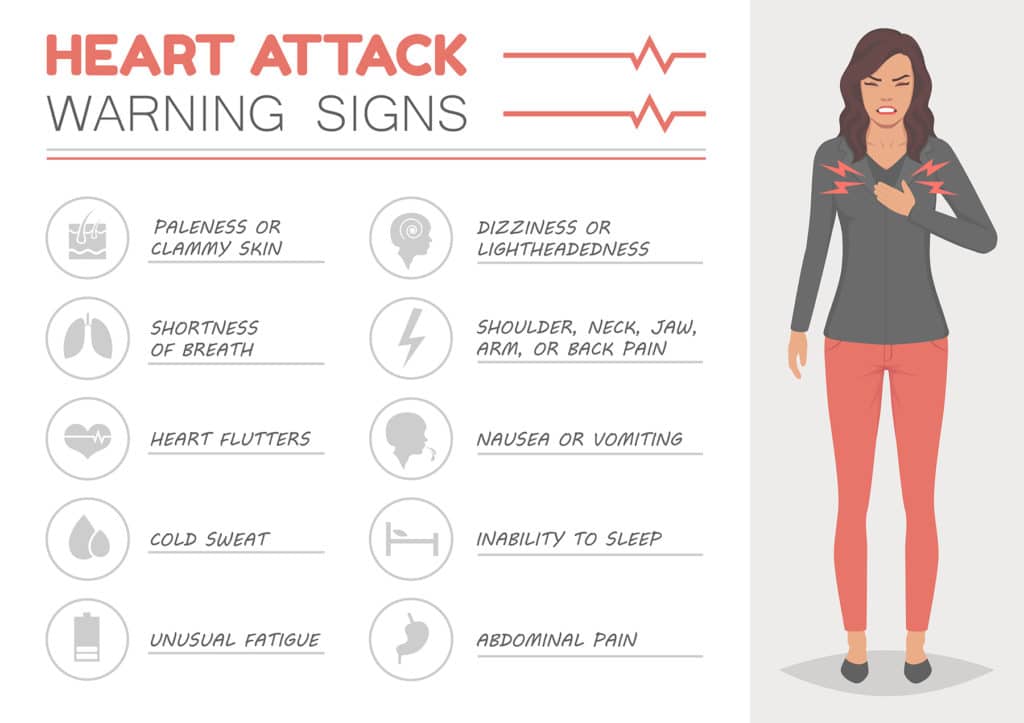Can you spot a heart attack in a woman?
February is American Heart Month, a time for us to focus on our cardiovascular health. Why is there a whole month devoted to our hearts? Heart disease is the number one killer among both men and women. But for years, heart attack prevention and research has largely focused on men. The surprising truth is women are less likely than men to survive a heart attack.
Ask most people what some of the signs and symptoms of a heart attack are, and the response could be chest pain radiating down the left arm, like an elephant sitting on your chest, or shortness of breath. Although chest pain is the most common presenting symptom, women can experience heart attacks quite differently. They may experience more subtle chest pain or none. They may present with symptoms such as dizziness, nausea, vomiting, sweating, heartburn, and neck, back or jaw pain.
In some cases, medical professionals may be missing the signs too. A 2018 research study of 500,000 plus cases found that if a heart attack patient was a woman, seen by a male physician in the ER, her risk of death increased about 12 percent. The study raised questions about whether women were being heard or understood, leading to more misdiagnosis or slower diagnosis of heart attacks. Statistics like these emphasize the importance of triage nurses.
There are all sorts of reasons cardiac emergencies can be missed in women. Emergency rooms, by nature, are chaotic with time constraints and multiple interruptions. Add in COVID protocols and gender bias, and it is easy to see why women sometimes don’t get treatment as quickly as they need it.
Triage Nurses Play A Vital Role In Identifying Heart Attacks
As an educator at a nursing college and an emergency room nurse, I have witnessed triage nurses play a vital role in identifying heart attacks. Often a nurse is the first person that sees a patient in the emergency room. Women themselves can contribute to a slow diagnosis by downplaying their symptoms. A well-trained nurse can ask questions, listen, and weigh a women’s symptoms against their history and risk factors to make the best decision for the situation. These decisions may provide cues for physicians that lead to faster treatment for both male and female patients.
At Arizona College of Nursing, we teach triage protocol and use evidence-based quality standards for management in conjunction with the American Heart Association Standards. We teach the protocol standards of obtaining an EKG within 10 minutes, when to administer aspirin and what lab work to collect for assessment. But the most important thing we teach in our nursing school is to be an advocate for patients. It’s by putting patient care first and discarding preconceived gender biases that we can save more lives.

Information in this blog post is accurate as of February 10, 2022.


